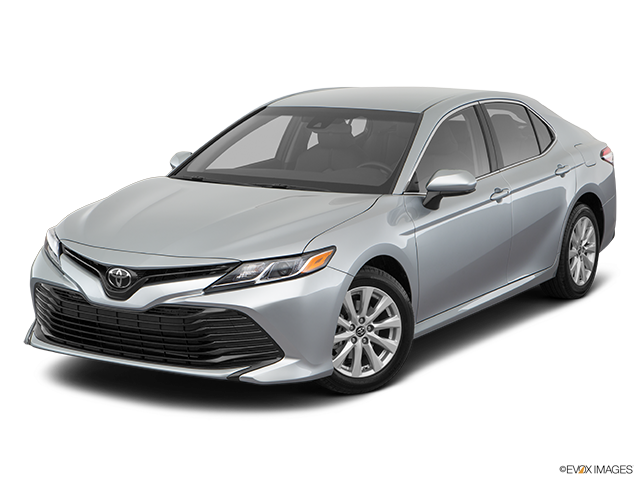
A u-joint, short for “universal joint”, is a component of the driveshaft in four-wheel and all-wheel-drive vehicles.
The function of a driveshaft is to transfer rotational force or torque from the engine and transmission to the differential(s) that turns the drive axles in a vehicle. The driveshaft is a long, cylindrical tube that extends along the underside of a vehicle from front to back. It connects the transmission or transfer case to another gearbox, the differential. There, the rotation of the driveshaft is turned ninety degrees to spin the axles, which, in turn, spin the wheels.
In order to accommodate the up and down movement of the suspension, the driveshaft is fitted with a u-joint at each end. The u-joint is something like a four way hinge that resembles a plus sign. It consists of four bearing cups filled with needle-shaped bearings and grease to allow the driveshaft to change angles yet still be able to rotate under constant torque. One u-joint connects the driveshaft to the output yoke of the transmission or transfer case, and the other u-joint connects the shaft to the yoke of the differential.



To replace a u-joint on a driveshaft, a technician must first remove the driveshaft from your vehicle. That process requires that the vehicle be safely lifted and supported in the air for access. Any shields, guards, or crossmembers in the way are removed. Once the driveshaft has been detached and dislodged at each end, it is pulled from the vehicle entirely and moved to another location for disassembly.
The procedure for replacing u-joints differs from one vehicle to the next, but commonly calls for the technician to use a hydraulic press to extract the old u-joints and insert the new ones. Each of the four corners of a u-joint are suspended inside their respective bearing cups, where lubricated needle bearings allow the u-joint to move freely.
The bearing cups are forced into place during installation to retain the u-joint. Therefore, a technician must remove the bearing cup retaining clips and press out the old bearing cups before pressing in the new ones to secure the new u-joint. Along the way, the technician must take care to ensure that the needle bearings are aligned properly. The bearing caps must also be adjusted accurately so that the driveshaft spins true and balanced.
Once the u-joints have been fitted, the driveshaft is reinstalled in your vehicle.
This is demo Question
This is demo Answer